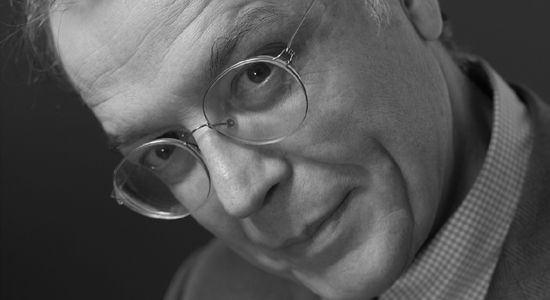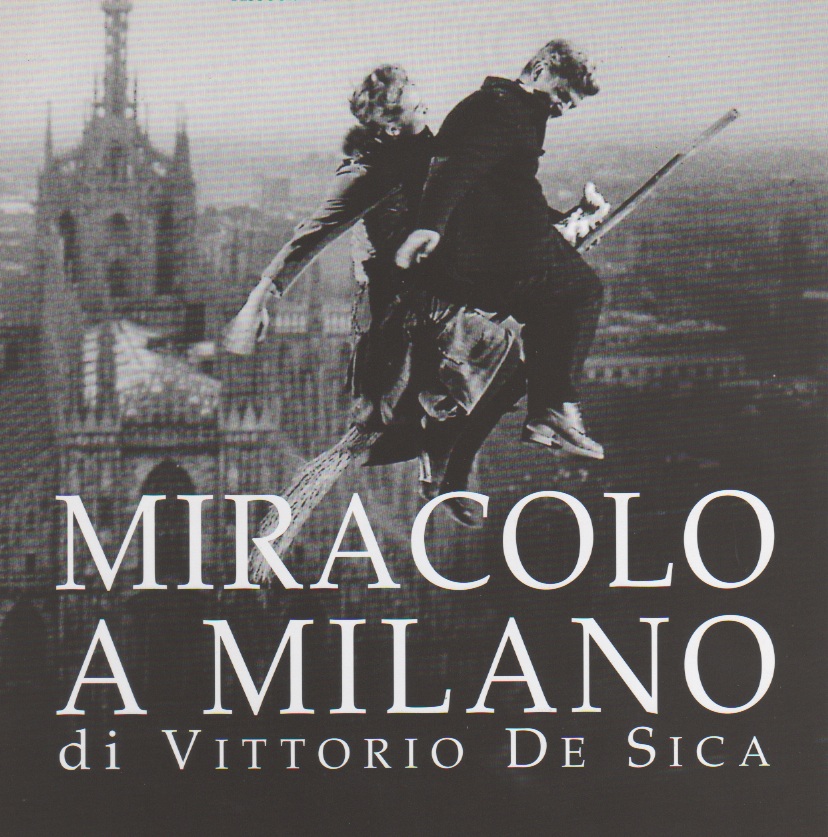



Lights, camera, action… ‘Miracolo a Milano’ and ‘La vita agra’
The film-industry of the 50s and 60s relives at Società del Giardino
Palazzo Spinola, in the heart of Milan, lodges from the beginning of the nineteenth century the oldest gentlemen’s club in town.
The Società del Giardino, dates back to 1783, and still maintains its headmost recreational intent to inspire its members and occasional visitors through enlightening venues.
On of these has recently tributed a concealed skill of the city of fashion and business, which has discreetly accompanied its history: the film-industry. Not many know that Milan has been the location of several important movies, besides giving birth to very talented film-makers who have eventually accomplished themselves in Rome, where the renowned studios of Cinecittà have marked the history of Italian cinema.
Dino Risi, Alberto Lattuada and Luchino Visconti, were all Milanese directors. What’s more is that many film directors who were not from the Lombard capital chose the foggy city to set their stories: Michelangelo Antonioni in ‘Cronaca di un amore’; Roberto Rossellini with ‘Il generale della Rovere’; Eduardo De Filippo through ‘Napoletani a Milano’; and the list keeps running. The two most prominent directors who have captured a kernel of truth of this city, are without doubt Vittorio De Sica with ‘Miracolo a Milano’ and Carlo Lizzani in his film ‘La vita agra.’
The master of Italian film-critic, Paolo Mereghetti, held a breathtaking panel discussion on the subject, with Carlo Lizzani himself and the actress who starred in his ‘La vita agra’, Giovanna Ralli. Both ‘Miracle in Milan’ in 1951 and ‘It’s a hard life’ in 1964, depict an apparently cold-hearted city, which reveals to be drenched with hope and drawn to progress, waft by a mysterious romantic allure.

As a matter of fact ‘Miracle in Milan’ beholds the reverie of the years that followed World War Two, since the orphan Totò manages to bring structure, a sense of happiness and well being in the shantytown squatter colony on the outskirts of Milan. Carlo Lizzani, as a former film-critic who knew very well Vittorio De Sica, praised his surrealistic poise chosen for the film, recalling anecdotes of serendipitous circumstances in which fiction blended with reality. For instance the bystanders who observed the shooting of the film, didn’t differ much from the humble and wretched characters of the silver screen.
The father of Italian film-dictionary Mereghetti, showed extract clips of both films that beheld a poignant dramatic irony. This feeling is tangible in the way ‘La vita agra’ taunts Luciano Bianchi. The man, out of spite for being dismissed from the mine company he worked in, devizes to blow-up the main office skyscraper. Despite he’s married with a child he starts a relationship with Anna, challenging society’s bourgeois conventions while planning his vengeful quest. But circumstances will lead to a backlash, as he will end his affair and become executive manger of the very company he was planning to set on fire.
Carlo Lizzani recalled the shooting of the film with the Roman actress Giovanna Ralli. This latter also knew Vittorio De Sica very well, as she started acting at the age of six in his ‘I bambini ci guardano’. Both Giovanna Ralli and Carlo Lizzani have very fond memories of Milan, the actress emphasises the sense of gratefulness she has towards the city, to which she owes her theatrical debut, while the director fancies to summon the discoveries of emerging talents at the old Derby Theatre. The two nostalgically retrospect the old technique of film-making: the clattering noise of film grinding in the camera, the long takes leading to exceptional dramatic narrative effects, not to mention sequence shots that would follow the actor living the character rather than merely playing it out.

Nowadays much has changed. In and out of film-making. And yet it’s amusing to consider how these two milestones of the motion pictures weren’t applauded and appreciated when they were released, as much as they are today. ‘Miracolo a Milano’ embittered expectations, for the title had misguided the audience in believing it was a religious film, in addition to the unexpected style used by Vittorio De Sica, who was identified with a more light-hearted comedy genre. Whilst ‘La vita agra’ aroused surprise to spectators who were accustomed to considering Carlo Lizzani as a chronicle and documentary film-maker, and couldn’t gather him adapting a novel for the big screen, putting innovative touches such as the singing scene with the rising star of the times Enzo Jannacci or the cameo of the author of the book Luciano Branciardi.
Times change but people seem to keep tripping in the same quibbles. And Milan keeps leading a quiet life in the realm of picture show. The city would sure need a miracle to reclaim the allure and drawing power it wielded during Neorealism. The Società del Giardino has given the chance to relive those moments, thanks to outstanding representatives of the movie industry who have reminded Milan’s great potential in the field. Even if it may still be a hard life, the hard-working inhabitants of the city should roll up their sleeves and unjam the gear of their factory of dreams.
by Chiara Spagnoli